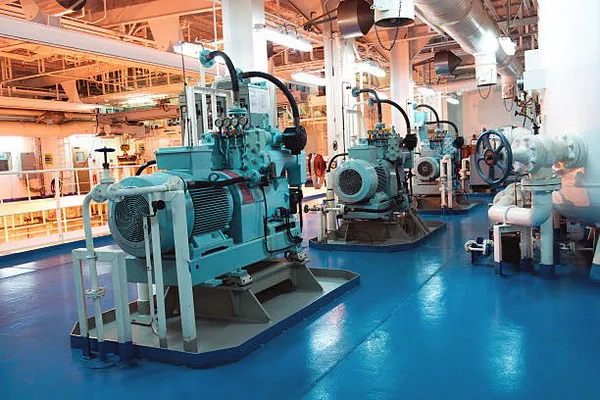Maintaining a vehicle’s air conditioning (AC) system is crucial for ensuring optimal performance and passenger comfort. When replacing a compressor in an automotive AC system, one of the critical steps is adding the appropriate amount of PAG (Polyalkylene Glycol) oil. The right quantity of Pag oil is essential for the longevity and efficiency of the compressor, as it plays a vital role in lubricating moving parts and facilitating heat exchange within the system. In this article, we will delve into the importance of Pag oil, the factors influencing the amount to be added, and the proper guidelines to follow during the replacement process.
Understanding the Role of Pag Oil:
Pag oil is a synthetic lubricant specifically designed for automotive air conditioning systems. It serves multiple functions within the AC system, with lubrication being its primary role. Compressors have intricate moving parts that require adequate lubrication to reduce friction, minimize wear and tear, and prevent overheating. Additionally, Pag oil helps in sealing the compressor, ensuring a tight and efficient operation of the system.
Different Types of Pag Oil:
Before delving into the quantity to be added during compressor replacement, it’s essential to understand that Pag oil comes in different viscosities, denoted by numbers such as PAG 46, PAG 100, and PAG 150. The viscosity rating represents the oil’s thickness, with lower numbers indicating lighter oil. The specific type of Pag oil required depends on the vehicle’s make and model, as well as the compressor type. Consulting the vehicle manufacturer’s specifications or the compressor manufacturer’s guidelines is crucial in determining the correct Pag oil viscosity.
Factors Influencing Pag Oil Quantity:
Several factors influence the amount of Pag oil to be added during a compressor replacement. These factors include the type of compressor, the size of the system, whether the system is new or has been flushed, and any components that have been replaced. The refrigerant type, whether R134a or R1234yf, also affects the Pag oil quantity. It is essential to consider these factors to ensure that the AC system functions optimally and experiences minimal wear and tear.
Guidelines for Adding Pag Oil:
Compressor Type and Size:
Different compressors have varying lubrication requirements. For instance, rotary compressors may require a different amount of Pag oil compared to reciprocating compressors. Consulting the compressor manufacturer’s specifications is crucial in determining the correct amount.
System Flushing:
If the AC system has been flushed during the replacement process, it is essential to add a specific amount of Pag oil to compensate for the oil lost during flushing. Flushing removes contaminants and old oil, providing a clean slate for the new compressor. Guidelines for the amount of Pag oil to add after flushing can typically be found in the service manual or provided by the compressor manufacturer.
Component Replacement:
If other components, such as the receiver-dryer or expansion valve, have been replaced along with the compressor, additional Pag oil may be required. Each component contributes to the overall oil capacity of the system, and the cumulative effect should be considered when determining the amount of Pag oil to add.
Refrigerant Type:
The type of refrigerant used in the AC system is a crucial factor. R134a and R1234yf, the most common refrigerants, have different compatibility with Pag oil. The service manual or the compressor manufacturer’s guidelines will specify the appropriate Pag oil quantity for the chosen refrigerant.
System Size:
The size of the AC system, often measured in ounces or milliliters, also dictates the amount of Pag oil required. Larger systems generally necessitate more oil to ensure proper lubrication throughout the system.
Consulting Service Manuals:
It cannot be emphasized enough that consulting the vehicle’s service manual and the compressor manufacturer’s guidelines is imperative. These documents provide specific information tailored to the vehicle’s make and model, offering precise details on Pag oil quantity and other essential considerations.
See Also Where Is My Ac Compressor Located
Conclusion:
Properly adding Pag oil when replacing a compressor in an automotive AC system is a critical step that directly influences the system’s performance and longevity. By understanding the role of Pag oil, considering various factors such as compressor type and size, system flushing, and component replacement, and consulting the relevant service manuals, technicians can ensure that the correct amount of Pag oil is added for optimal lubrication and efficient AC system operation. Following these guidelines is essential for maintaining the integrity of the AC system and ensuring passenger comfort on the road.

